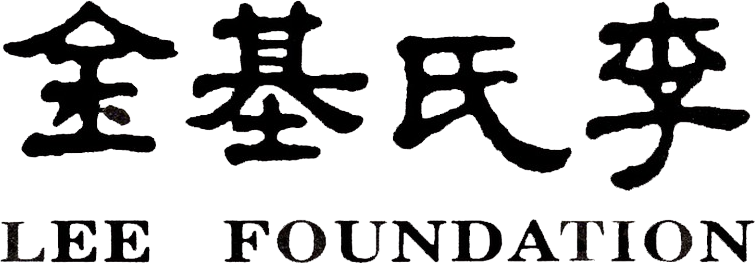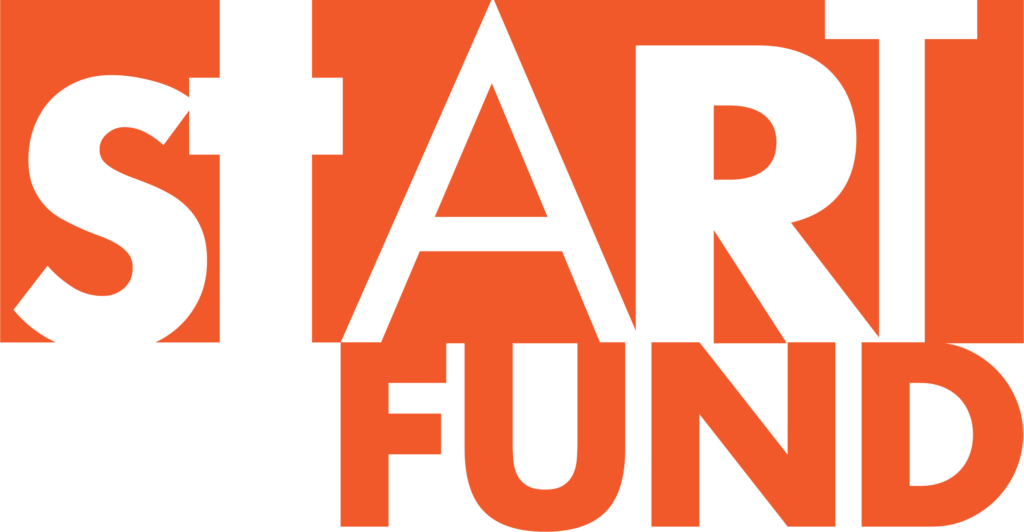About childhood memories, lockdown reflections and questions on Bharatnatyam? A tete-tete with Anjana Anand By Vidhya Nair “It was simple. They were proud that a student from Singapore was studying at Kalakshetra, their alma matter. They spent an hour with me, walking around the campus. We went to various classes, they introduced me to others they knew in Kalakshetra. I’ll never forget Mami’s “Hi da, how are you?” She had tremendous warmth, a largess of heart which touched me,” says, Anjana Anand in this tete-tete with her childhood friend, Vidhya Nair.When we reach life’s mid-point, it’s important to look back, ponder, reflect and move forward. Anjana Anand is one such artiste who often revisits and reconfigures as she navigates through life. We first met as Malayali teenagers in Singapore, engaged in girl-talk and school banter so this conversation was a meaningful stock-take of how growing up with dance and becoming a dancer came to be. We met up over Zoom and this is how it all transpired.
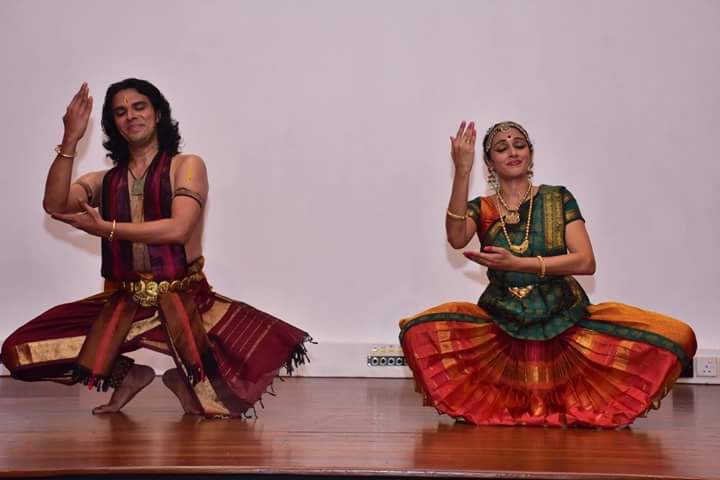
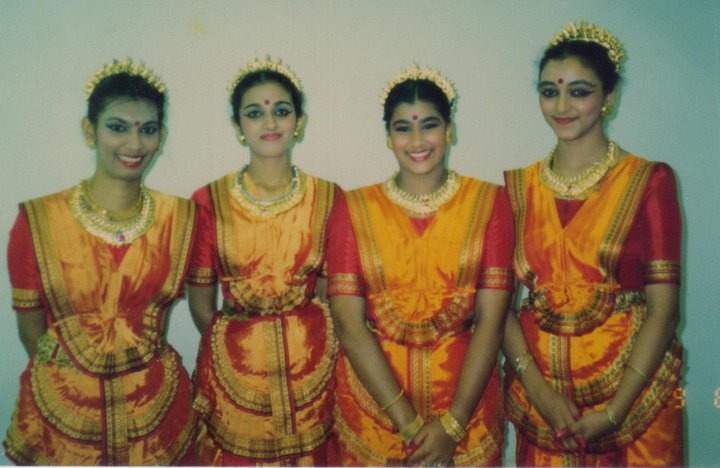
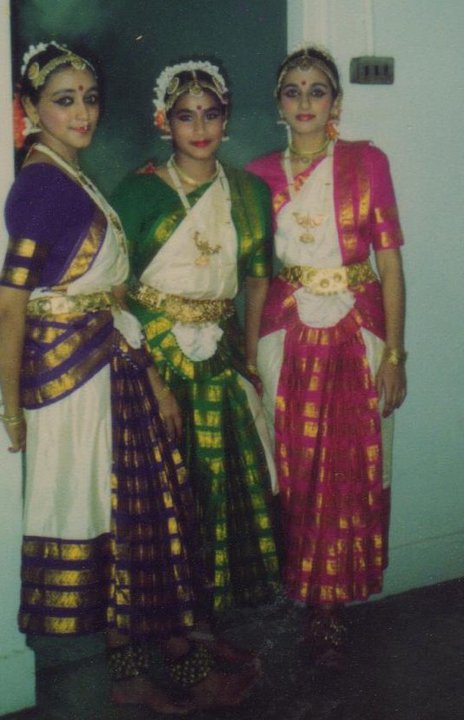
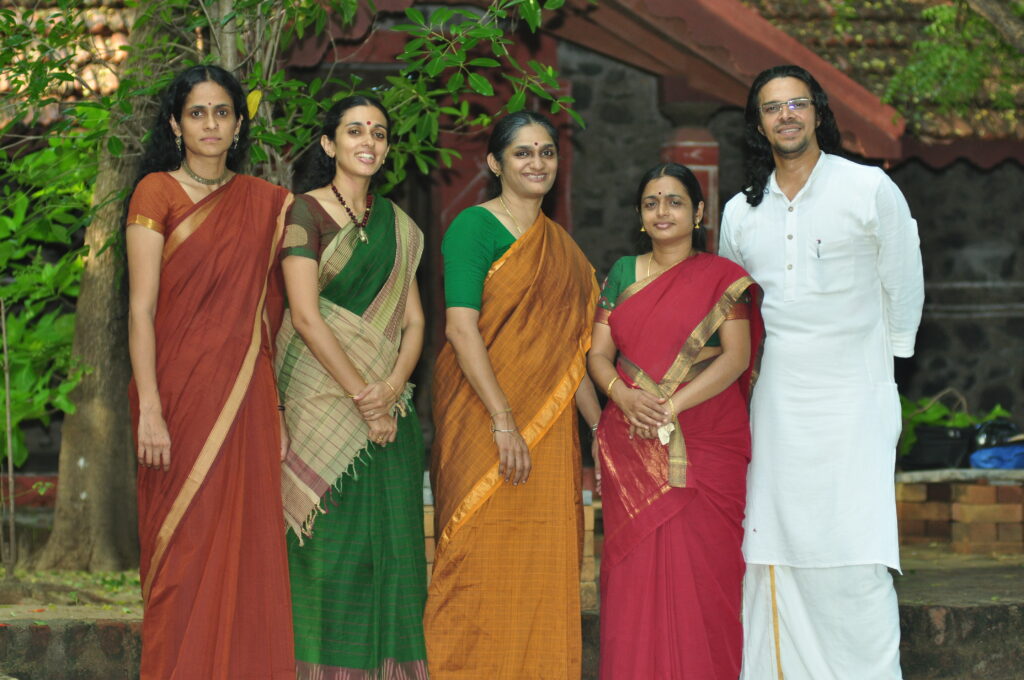

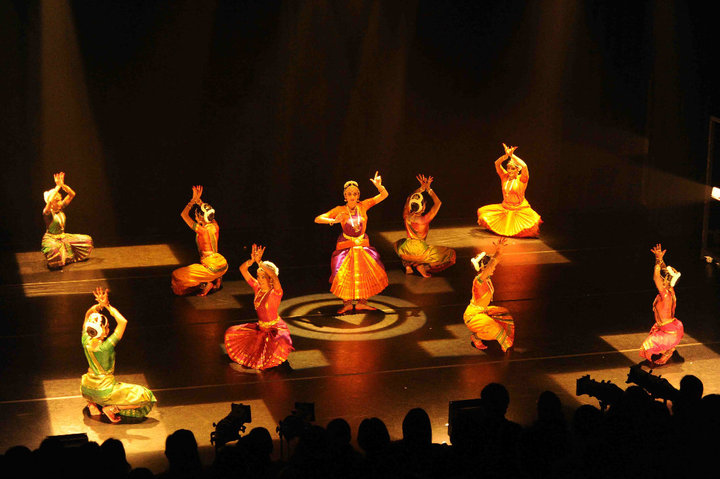
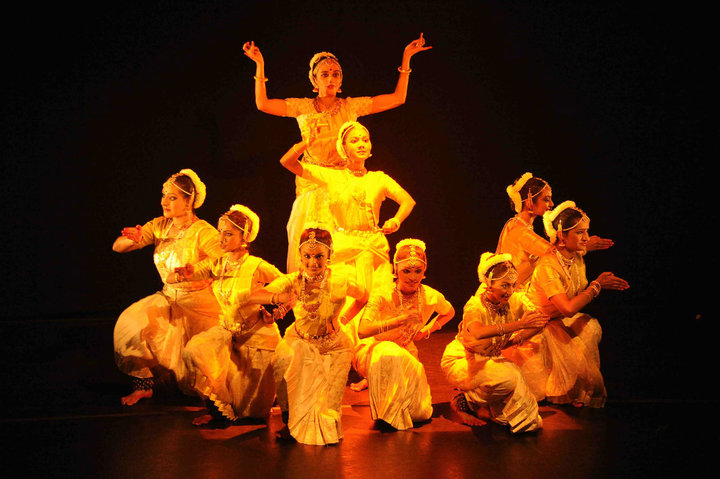
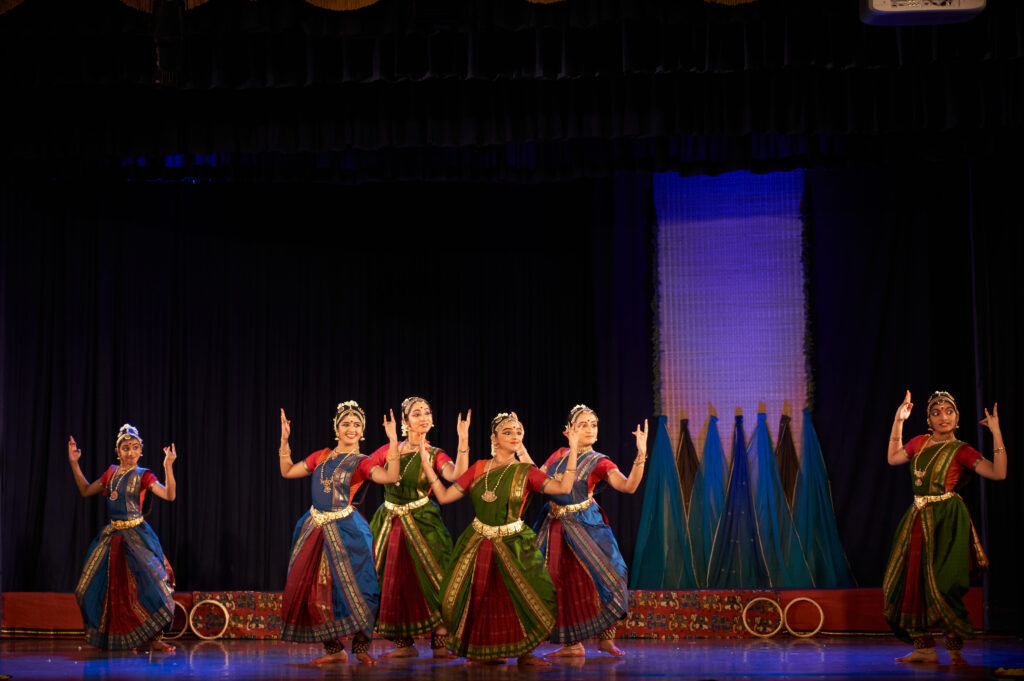
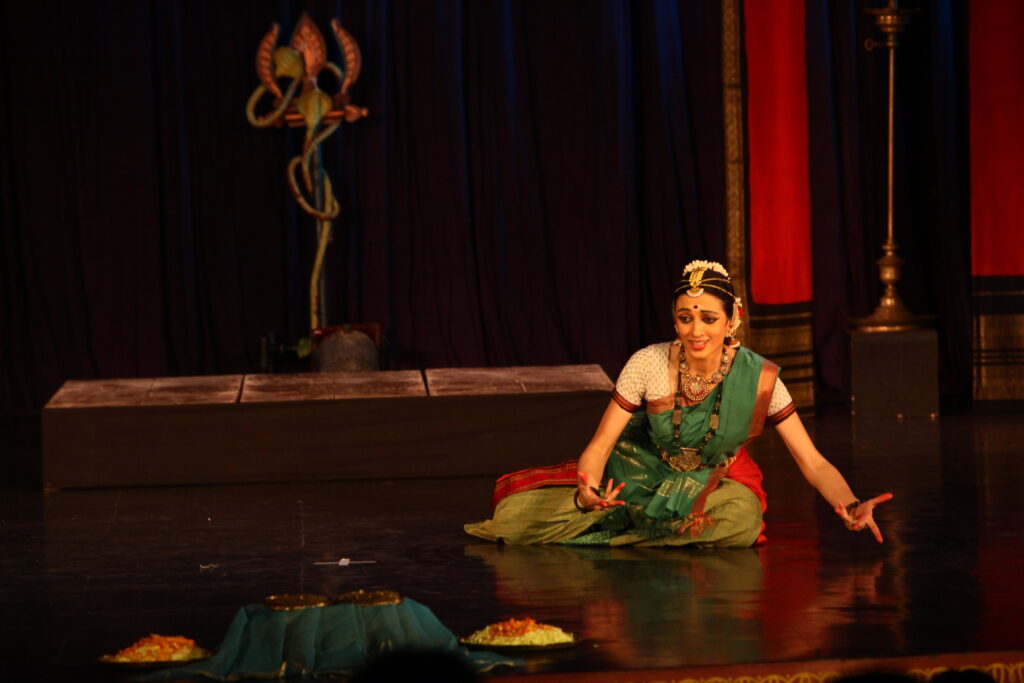
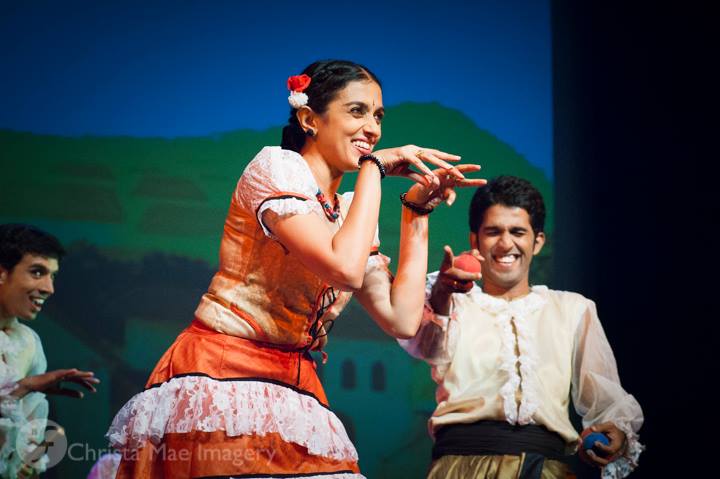
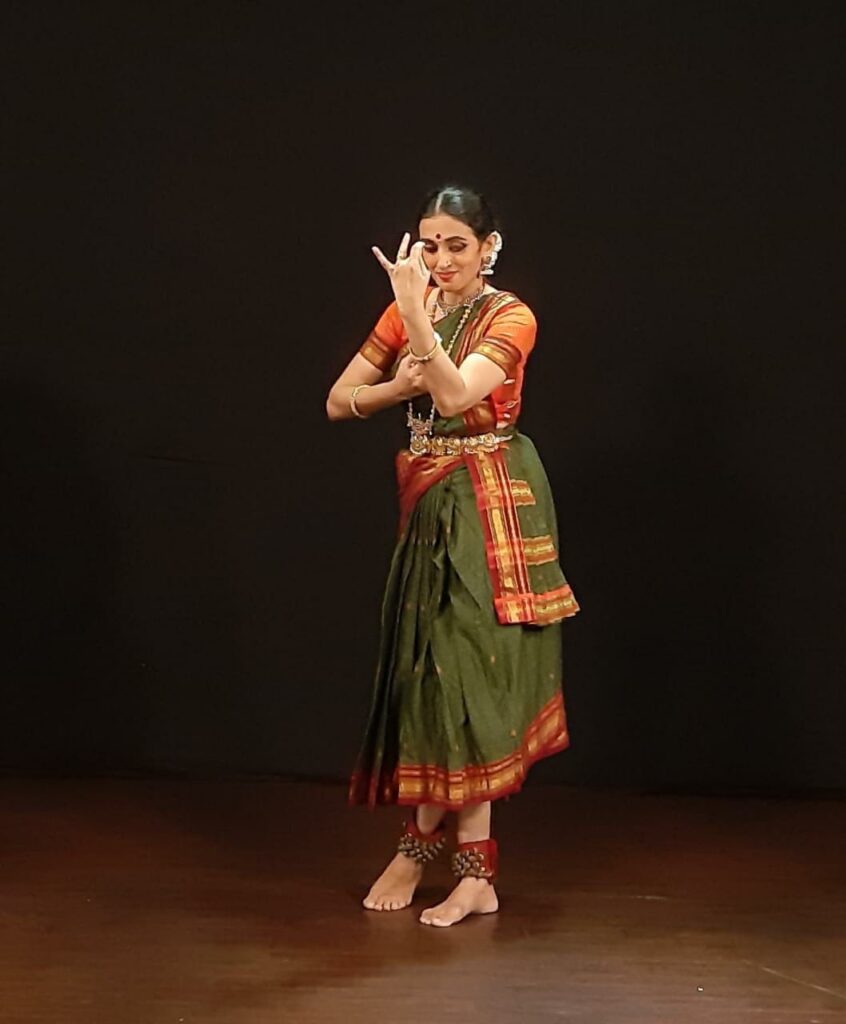
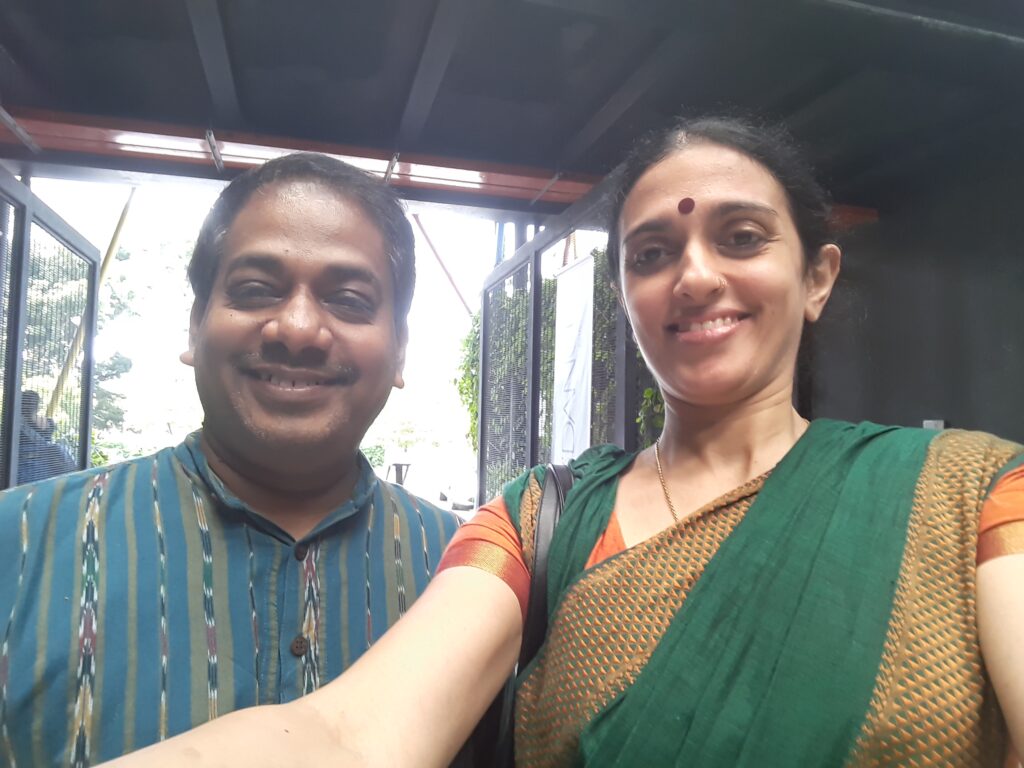
VN:Where are you really from, Anjana? AA: Ha-ha! The most daunting question I’m often asked! I was born in Mysore, my parents are Malayali, although I never lived in Kerala, then we moved to New York, then Singapore when I was 12 (PSLE year!) and I studied at both a local school and United World College (UWC) for 2 years and then to Kalakshetra. So, lots of unconventional moves. In the early years, I have fond memories in Mysore with my grandmother. In New York, my elder sister (Anuradha) and I were placed in a Greek orthodox convent so by the time we came to Singapore, we both spoke Greek fluently yet, we still able to adapt to a new environment. VN: How did dance get introduced? AA: First in New York with Mallika Parthasarathy. It was very informal, in basements of apartments on Sunday. One of my earliest memories was learning “Kamalalochana” (Meera Bhajan). These were gatherings of young mothers who amidst bringing pot-lucked food, engaged their children in these cultural corners while braving snow and ice. Kudos to my mother and her perseverance! For me, proper dance training began in Singapore at SIFAS. The formalised structured learning with Uma Rao initially and then with Shanta Ponnudurai. I recall that all my time outside school was at SIFAS. It was like a Gurukul. Those rickety steps at the Balestier Road campus! I loved my time there. It was a real grounding which also opened up my exposure to music through the visiting artistes we encountered there. By the 9th standard, I had decided to go to Kalakshetra. My parents were hugely supportive. My father being a doctor, was keen that we should not pursue medicine. He felt the arts is the best place to feel fulfilled and they were a huge encouragement. My sister too learned the mridangam and my mother having learned the Veena and lived as a part-time student at Kalakshetra, all this made these decisions uncomplicated for me. VN: What were your earliest memories of dance classes?AA: In New York, I loved the family environment, aunties in the background making food. At SIFAS, it was the timing, systematic syllabus, the well-dressed saree-clad teachers, it used to hold us in awe. The rigour of the class, methodical way of learning, treated in all seriousness. There was no opportunity to be bored with the discipline. VN: I can so relate to that. Tell me, how did you come to encounter Apsaras Arts and its people? AA: I first met Aravinth (Kumarasamy) in Chennai in 2010. He has since become a true friend and guide. We had initially connected through FB and met after a program at Krishna Gana Sabha. I had known of him in Singapore but never personally. Even Neela Mami, I knew of her in Singapore but there was no interaction. My earliest memory of her was in my 2nd year at Kalakshetra when I was suddenly called to the office because I had overseas visitors. It turned out to be Neela Mami and Satyalingam Mama. They were the sweetest. I was taken aback why they wanted to see me. I had been a SIFAS student, they are Apsaras, why had they come to see me? It was simple. They were proud that a student from Singapore was studying at Kalakshetra, their alma matter. They spent an hour with me, walking around the campus. We went to various classes, they introduced me to others they knew in Kalakshetra. They were shooting for their own show at Kalakshetra. I’ll never forget Mami’s “Hi da, how are you?” She had tremendous warmth, a largess of heart which touched me. When I came later to Apsaras Arts later, I reconnected and enjoyed her mentorship in the work I did in Singapore. Aravinth in our first meeting, offered and invited me to be the Guest Choreographer for his new production, “Nirmanika.” At this time, I had completed my Masters in Dance at Bharathidasan University (she had earlier completed her B.A in Music from Madras University) and I was mostly a solo performer. To take up the challenge of group choreography, it was a major breakthrough. I enjoyed working with him and the team at Apsaras Arts. The approach was systematic and a tremendous learning experience for me. The faith that Aravinth had in me to first chose and recognise me is still unforgettable. I was thoroughly impressed with the group of dancers I worked with. I had by then left Singapore for a decade. To see these working adults attending rehearsals straight after their day jobs and staying to practice up to 11pm nightly and then return to their job the next day astounded me. To see this level of commitment with part-time dancers was amazing to observe. In Chennai, you only saw this with fulltime dancers. VN: In your career, what are some of the significant dance performances you have been a part of? AA: There have been several significant performances that has made a difference in my life and introduced me to key people. First was the duet with Sreejith Krishna [ She has been training under him since 2010. She joined him to cofound Sahrdya Foundation in 2011 with 3 other artistes and was involved in the creation of “Don Quixote” – a production that toured the US], then Aravinth Kumarasamy at the same performance, where he offered me “Nirmanika” to guest choreograph and perform. This was followed with “Fire & Ash” – a production with Dr Gowri Ramnarayanan which toured Singapore and the US and finally Dr S Raghuraman, Tamil scholar who encouraged me to pursue my PhD and delve deep into Bharatanatyam theory & music. Over the years, I’ve continued to be a solo performer. It keeps me going, always takes me back to the core practice. I try to do 2-3 solo performances a year and this culminated with my performance at Music Academy in 2017. Each performance has been a maturing, ripening point. VN: How did you balance running a home, having a child, raising him while being a full-time dancer? AA: The truth is that I never thought about it because my priority was clear. Dance was there to stay. I was never obsessed with it and I also did other things. Having a family was important to me. I was keen to have a child even while I was performing. Right through my pregnancy, I was attending concerts and even lectures. It was clear to me then that it all came together. My parents and in-laws have been a huge support. Krishna (her son) always had someone to take care of him. They knew dance was important to me and because of that clarity, I enjoyed it and returned to the family, without any stress. In the case of Anand (her husband), we met as students in SIFAS. It made sense and he too is supportive. My son from his birth saw me move in and out for dance related activities. Although neither Anand or Krishna has anything to do with music or dance today, for them it’s my normal activity. Sometimes, when he is woken up on a Sunday morning at 7am, Krishna is unfazed that I’ve just finished a two-hour practice. I must say, I have been very lucky in this with the people around me. VN: After all these years, what’s your preference? Solo or repertoire work? AA: I truly love both. It’s different. The repertoire is not about you. It’s about the production and the people in it. In recent times, I feel drawn towards solo work. The repertoire is interesting from choreographic point of view but it’s not something I want to do exclusively. From a dancer viewpoint, in-depth solo work attracts me more. VN: What for you, makes for a successful and fulfilling production? AA: Productions are here to stay as it involves more people to engage in dance. The space we are dancing now is much bigger compared to 50 years ago. Group work should not be misunderstood as multiplication of bodies on stage. It is one large body that comes together in a production involving a completely different mindset. Production needs a vision, not a replication of bodies on stage. It’s also not just about choreography. It’s about production values like lighting, sound alongside strong dancing. It’s a very tough thing to achieve to be successful. VN: How to you keep up your own dance training? What does it take as a dancer gets older – physically, mentally, emotionally? AA: Physical training has been with me since I started. The body needs to be continuously tuned regularly towards dance. I find myself uncomfortable in taking more than a week break. Even in pregnancy, I continued different types of exercise. Thanks to my Kalakshetra training – exposure and knowledge, training for past 10 years of Kalarippayattu and yoga which have been incorporated to my routine. I enjoy the training and practice sessions, sometimes far more than being on stage! It’s important to be in tuned to what is needed for dance. It helps upkeep the energy levels and makes you perceptive to the changes in the body. When a change is needed, I switch to yoga, thematic exercises and vary my routine. After my back injury a few years ago, physiotherapy training got incorporated. So, the need to be in tuned and aware of the limits and strengths of the body has always been essential. VN: What drew you to Bharatanatyam – scholarly research? Why do you feel this is important? AA: The seed of academics were sewn in my SIFAS-Kalakshetra training. Theory was a major interest which happened accidently. It began with my Masters under Dr Raghuraman, he was a major force in encouraging this pursuit. Voices abroad are often louder in encouraging the pursuit of the theory of Bharatanatyam. There was a sense that it is unconnected with the practical side of Bharatanatyam. But this has been changing in the past 20 years. He’s like a walking encyclopaedia which drove me towards pursuing a PhD. The studies helped me perform uninterrupted. It gave me background to my practical application of techniques and my performance. My PhD thesis was specifically on Shringara Rasa which I submitted 5 years ago! I’m still pending my confirmation. I don’t consider myself a scholar by any stretch but the research has helped in my writings on dance and music, reviews and analysis. (She writes regularly for Sruti magazine & other periodicals) I have discovered new things and through that explored in lec-dem topics I’ve presented. Given me an edge and confidence in my spoken delivery and hypothesises. VN: Where do you think Bharatanatyam and Indian classical dance is going to be in the future? AA: Bharatanatyam is absolutely here to stay. The Covid19 lockdown has proved it. Yet while it is thriving, you also see it morphing in different ways. The scene is overflowing. With a more global influenced fast changing world, this dance form is constantly adapting to its new environment. Sometimes I ponder what will Pure Bharatanatyam be? In a sense, there is a worry. At the same time, you also see a lot of revived interest in rediscovery. For example, of the Devadasi tradition, Kalakshetra legacy, the various Banis (styles). A need to investigate and be interested in what was there before. You also see a surge forward by some practitioners who want to use Bharatanatyam as a technique within contemporary dance juxtaposed with this surge to rediscover the past, even relooking at old Padams & Javelis. I find that there are two extreme groups and a grey group in-between. Thanks to the advancement of the internet and social media interactions, there is a place for every dancer to find their own space. During the lockdown, even I have attended lectures, for example the rediscovery of the music of Veena Dhannamal and the poetry of her time, which allows you to retrospect and see the broad spectrum of where Bharatanatyam can go. VN: What is your wish for this art form especially from the younger generation?AA: I’ve been amazed by the seriousness I’ve observed of the current crop of young dancers aged 18-25. In my time, we were serious but in a different way but with all the many other interests and distractions of this current generation, to see them this keenly interested in what has been done in the past is particularly heartening. I also notice another group of dancers who are interested in physicality of movements. acrobatic, stretches influenced by the western genre. They want to adapt it to the new generation, to create quick dance moves, works. You see a variety of things happening with the young crop’s output. It is partly worrying yet heartening. I enjoy the physicality too but it doesn’t linger in my mind – like an Instagram story. After 24 hours, it’s all forgotten, it’s gone. The ideal, best combination of both – where attention is paid to the physicality of movement yet the mind is also put to work. Getting the best of both worlds – how the mind connected with the visual. What catches my attention in an acrobatic performance is when the energy comes from within. There should be a mind-to-body connect. VN: How do you see the relevance of music to dance? Do u feel a disconnect? AA: It’s a huge problem if music is not part of your dance training. Musicality should start from the very beginning. There should not be a choice. You should be in a mental state of mind of understanding with an ability to listen openly. It’s not about making time and you need to be in that space at the student level. The fault is not entirely with the student. It’s possible that dance teachers don’t have musicality in their teaching. In the old days, we take for granted that the Nattuvanars were experts of both dance and music. Some teachers can only speak notes but don’t have a singing voice, so some of this is caused by the system of teaching and learning. VN: In Dance, what excites you and what worries you? AA: I don’t think I’m wise or old enough to say, but in my personal opinion, of watching others and in my own dance. In Bharatanatyam, the gestures seem to have become very stereotyped. When you want to show a lovelorn heroine, it has become a mechanical gesture. The dance language has evolved beyond that. We see thoughtful experimentation going on. In contrast, we don’t see such fast-changing trends in Music. Perhaps it’s because we don’t have a measurement of dance quality, the way you can attend a music concert and immediately known if a proper standard is upkept. If it’s a dancer, its often about the how the dancer looks and her persona. It feels like the dancer is larger than the Art – which is troubling. So, you question, what is Bharatanatyam? Often, I feel like it’s moving so fast, I need a yardstick to keep track. To help its evolution, slow it down a little, put my finger on it and keep the trend in check!




